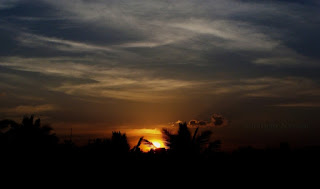
Halasuru Lake one of the biggest lakes in Bangalore, is located on the eastern side of the city. It derives its name from the name of the locality it is situated, namely, Ulsoor, close to M G Road, Bangalore. It is spread over 50 ha (123.6 acres)) and has several islands. Even though the lake is dated to Kempegowdas’ time, the present lake was created by Sir Lewin Bentham Bowring, the then Commissioner of Bangalore.

These snaps I have clicked on 25th January 2009




The village of Halasuru is said to have been gifted to Kempe Gowda I (1513–1569), the founder of Bangalore, by the Vijayanagar emperors. The Ulsoor Lake was built by his successor, Kempe Gowda II, and is the only surviving tank built by the Gowda kings in Bangalore. The first British military station was set up in Halasuru in 1807

These snaps I have clicked on 25th January 2009




The village of Halasuru is said to have been gifted to Kempe Gowda I (1513–1569), the founder of Bangalore, by the Vijayanagar emperors. The Ulsoor Lake was built by his successor, Kempe Gowda II, and is the only surviving tank built by the Gowda kings in Bangalore. The first British military station was set up in Halasuru in 1807




















